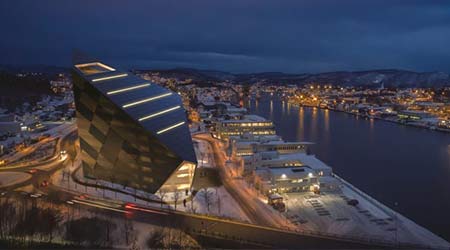
Jet Fuel Injures Los Angeles Students
January 16, 2020
Facility managers have to prepare for a range of emergencies that can affect occupants and visitors. From earthquakes and power outages to wildfires and mass shootings, institutional and commercial facilities prepare to respond and recover from any number of crises. Occasionally, though, managers must deal with an emergency that happens out of the blue. In the case of six Los Angeles schools, that crisis literally came out of the blue.
At least 20 children were hit by the jet propellant recently when a Delta flight abruptly turned back to Los Angeles International Airport shortly after taking off due to an engine problem and dumped fuel to reduce weight before landing, according to the Los Angeles Times.
The Los Angeles County Fire Department said more than 70 firefighters and paramedics responded to the scene, and 17 children and nine adults were treated for minor injuries. Two classes had been outside when the jet passed over. No one was taken to hospitals.
In neighboring South Gate, six people at Tweedy Elementary School and six others at San Gabriel Elementary were affected, as was one adult at Graham Elementary School.
Sixth-grader Miguel Cervantes was hit by a small amount of the fuel on his arms and clothes. “I saw an airplane, and I thought smoke was coming out,” Miguel says. “Then when it got closer, I knew it was gas because a little bit fell on me.” Miguel’s mother, Ana, received a call about the events and rushed over to Park Avenue. She said she “washed him with soap and changed his clothes and he seems fine.”
But the toxic smell — particularly in an area where industry has a long history of contaminating neighborhoods — caused alarm.
“You should have been here when it first happened,” says Francisco Javier, who lives across the street from Park Avenue Elementary, two hours after the fuel hit the ground. “You couldn’t breathe it was so bad. It’s still strong, but not as bad as it was.”
Dan Hounsell is editor-in-chief of Facility Maintenance Decisions.
Next
Read next on FacilitiesNet












